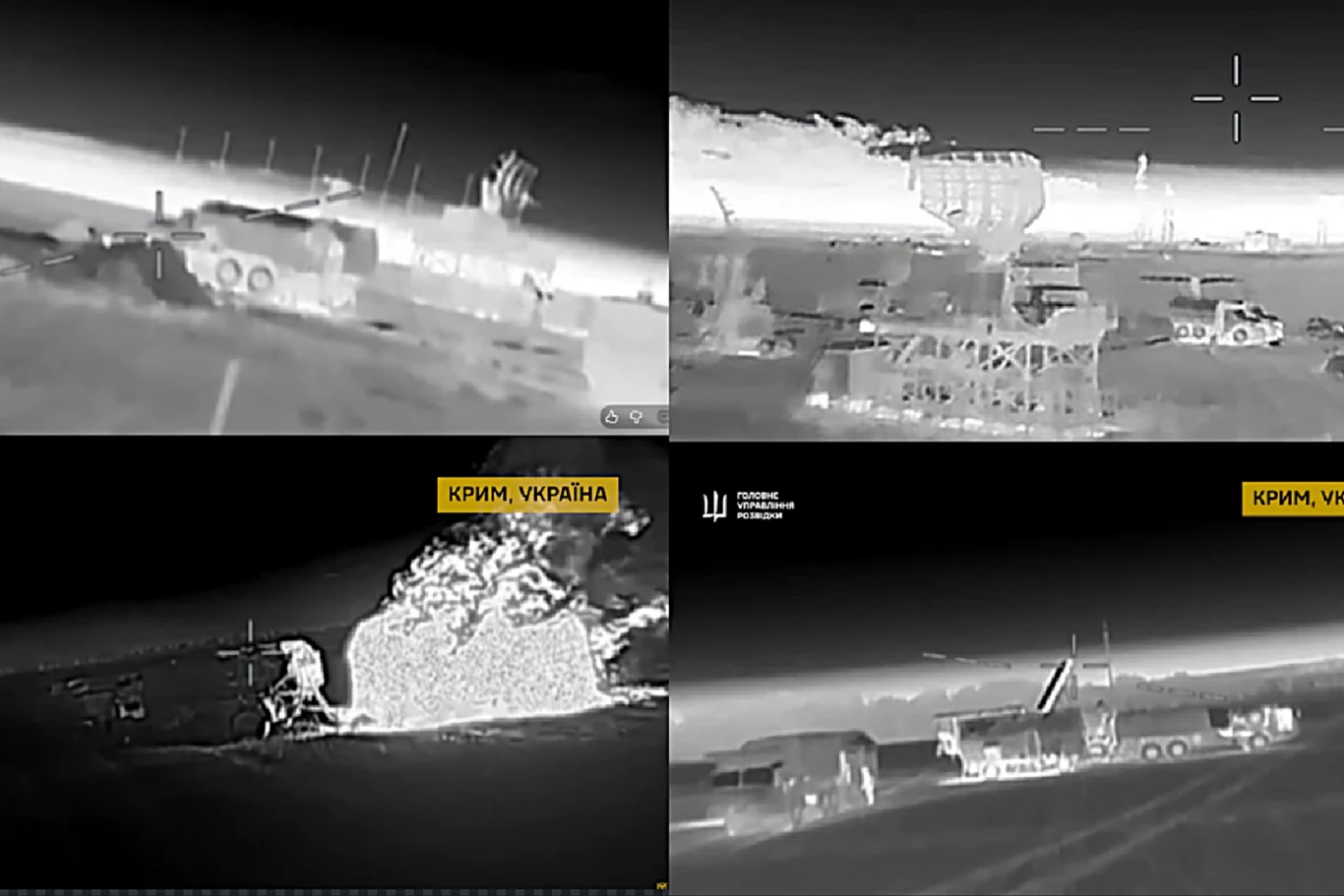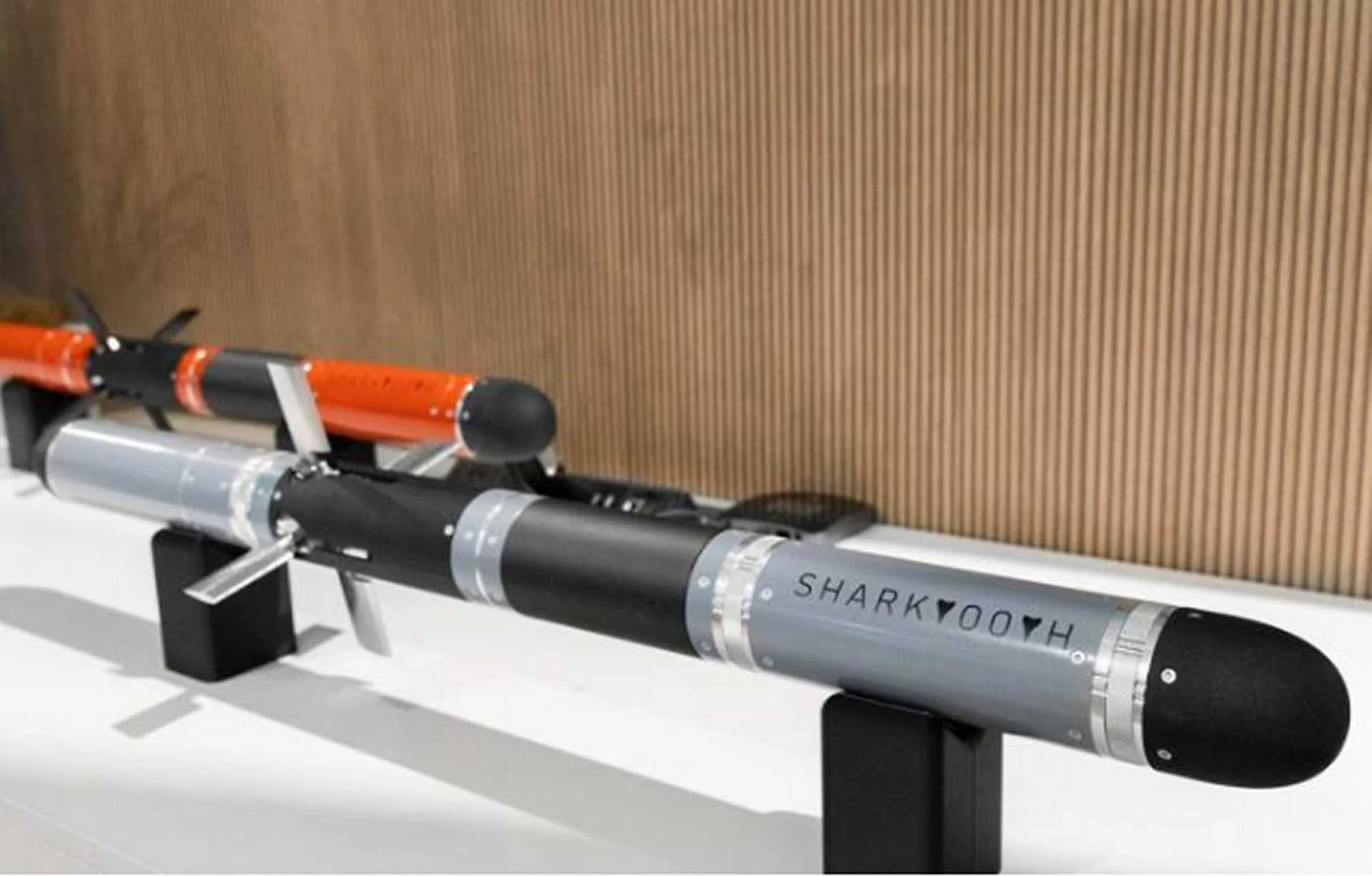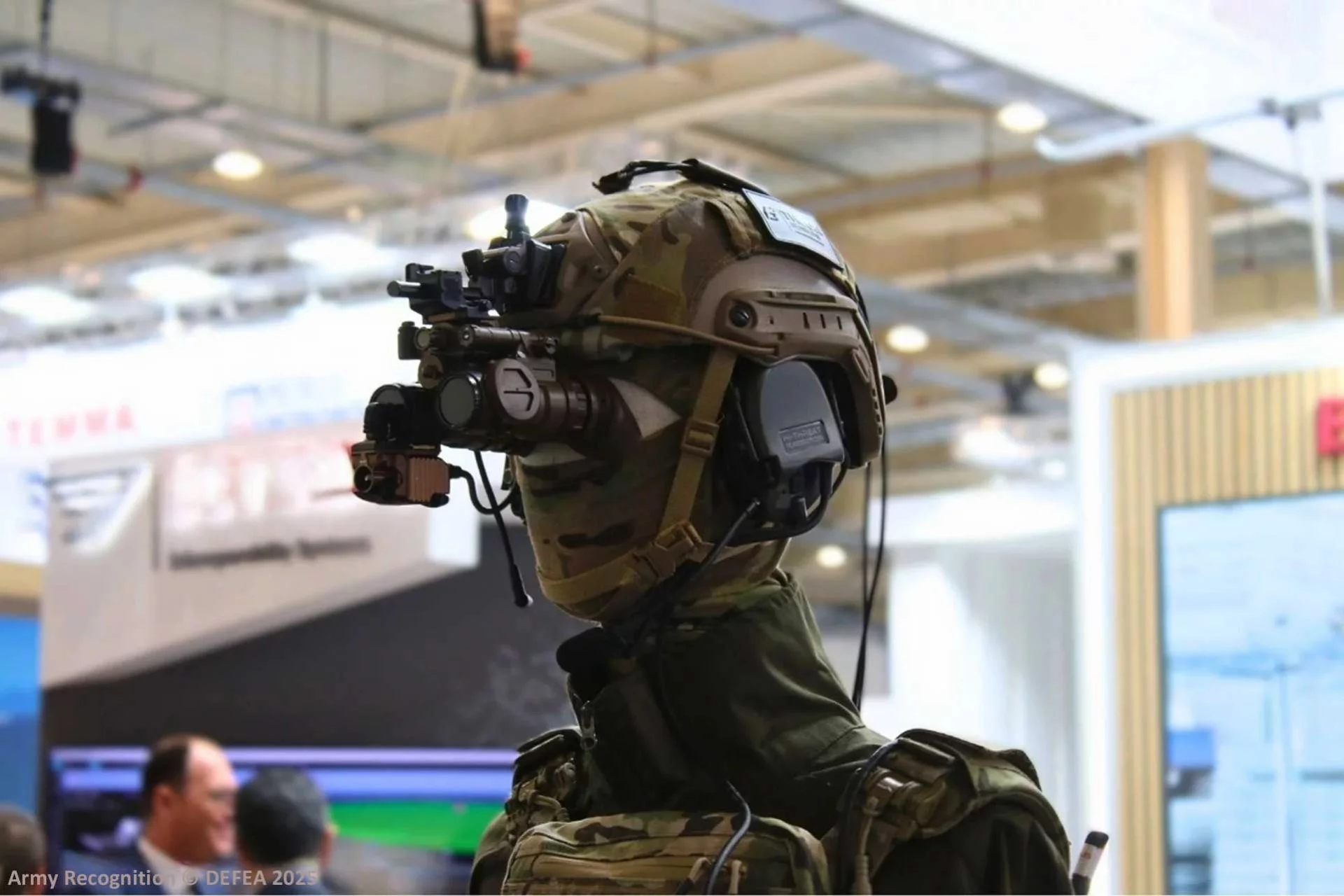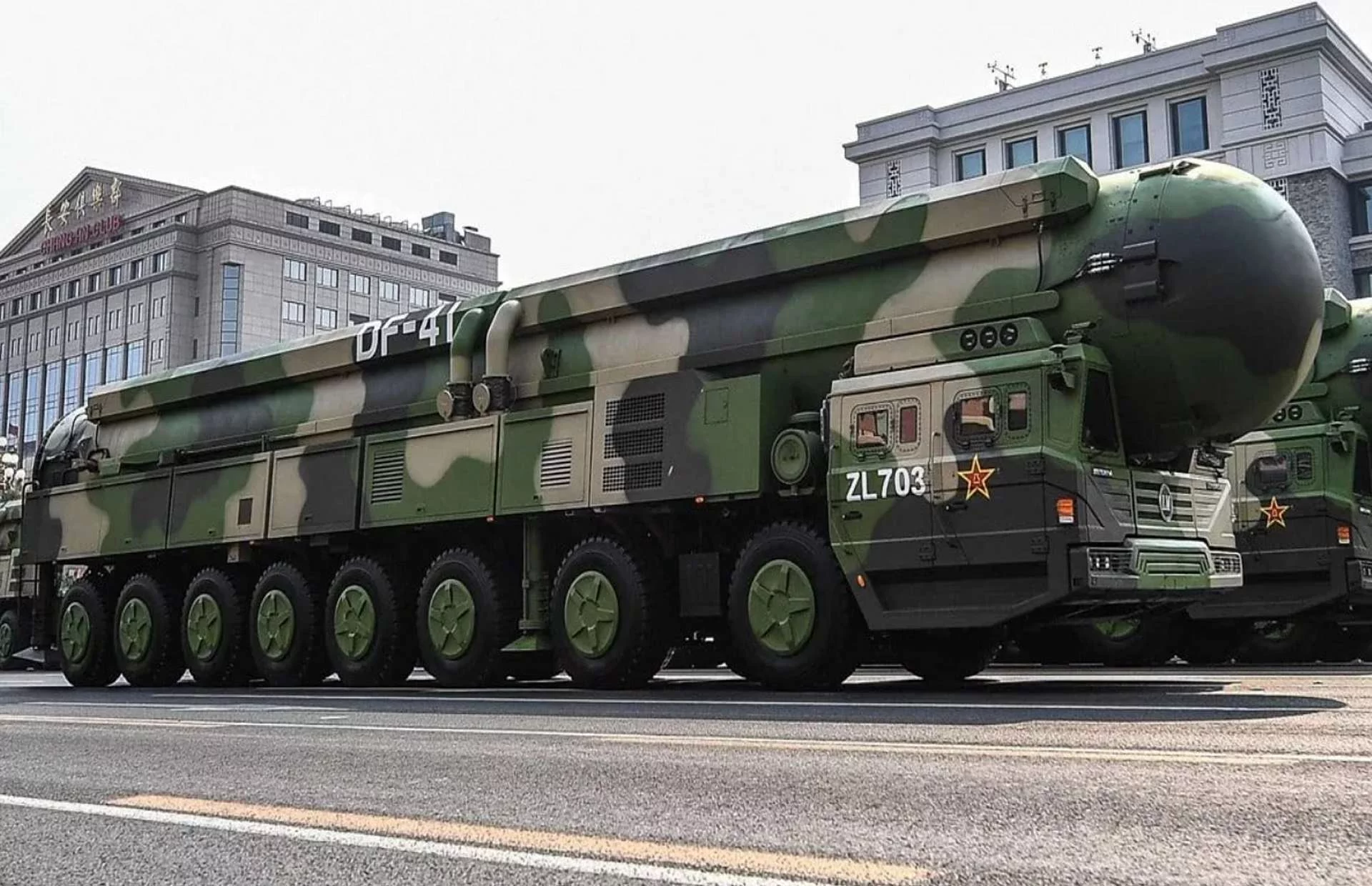In a significant development that underscores the evolving dynamics of modern warfare, Ukrainian intelligence drones have reportedly conducted a successful operation in occupied Crimea, targeting and neutralizing a Russian S-400 air defense radar complex and its associated power systems. This strike, if confirmed in its full extent, represents a considerable blow to Russia’s air defense capabilities in a strategically vital region and highlights Ukraine’s growing sophistication in utilizing unmanned aerial vehicles (UAVs) for precision long-range strikes.
The S-400 “Triumf” is one of Russia’s most advanced and formidable long-range surface-to-air missile systems, designed to intercept a wide array of aerial threats, including aircraft, cruise missiles, and ballistic missiles. Its deployment in Crimea has been a cornerstone of Russia’s control over the peninsula’s airspace and the wider Black Sea region. Neutralizing key components of such a system, particularly its radar and power infrastructure, effectively blinds and incapacitates it, creating potential vulnerabilities in Russia’s defensive umbrella.
This incident marks a continuation of Ukraine’s strategy to degrade Russian military assets in Crimea, which serves as a critical logistical hub and a base for the Black Sea Fleet. Previous Ukrainian operations have targeted naval vessels, airfields, and other military installations on the peninsula, aiming to disrupt Russian supply lines and diminish their ability to project power. The targeting of an S-400 system, however, signifies a higher-value target and a more complex operational undertaking, suggesting improved intelligence gathering and drone capabilities on the Ukrainian side.
The success of such an operation hinges on several factors. Firstly, meticulous intelligence gathering is paramount to identify the precise location of the radar and power systems, understand their operational patterns, and pinpoint vulnerabilities. Secondly, the drones themselves must possess the range, stealth, and payload capacity to reach the target area undetected and deliver their destructive force effectively. Finally, the ability to overcome or bypass Russian electronic warfare (EW) countermeasures, which are designed to jam or disrupt drone operations, is crucial. The reported success suggests Ukraine is making strides in all these areas.
Neutralizing an S-400’s radar component is particularly critical. The radar acts as the “eyes” of the system, detecting, tracking, and guiding missiles to their targets. Without a functional radar, the S-400 becomes largely ineffective, even if its missile launchers remain intact. Similarly, disabling the power systems ensures that even if the radar unit survives the initial blast, it cannot operate, rendering the entire complex inert. This “double-tap” approach demonstrates a sophisticated understanding of the target system’s architecture and a desire to achieve comprehensive incapacitation.
The implications of this strike are far-reaching. For Ukraine, it demonstrates an increasing ability to project power deep into Russian-controlled territory and challenge their air superiority, even against advanced defense systems. This could open new avenues for future operations and force Russia to expend more resources on defending its rear areas. For Russia, it represents a significant setback, potentially requiring extensive repairs or replacement of costly equipment, and highlights a persistent vulnerability to Ukrainian drone attacks. It may also necessitate a reassessment of their air defense deployments and tactics in Crimea.
As the conflict continues, the role of unmanned systems, both for intelligence and strike missions, is becoming ever more pronounced. This reported incident serves as a powerful testament to the evolving nature of warfare, where smaller, more agile, and technologically advanced systems can significantly impact the operational landscape, even against seemingly impregnable defenses. The skies over Crimea, once firmly under Russian control, appear to be increasingly contested, thanks to the ingenuity and persistence of Ukrainian forces.




